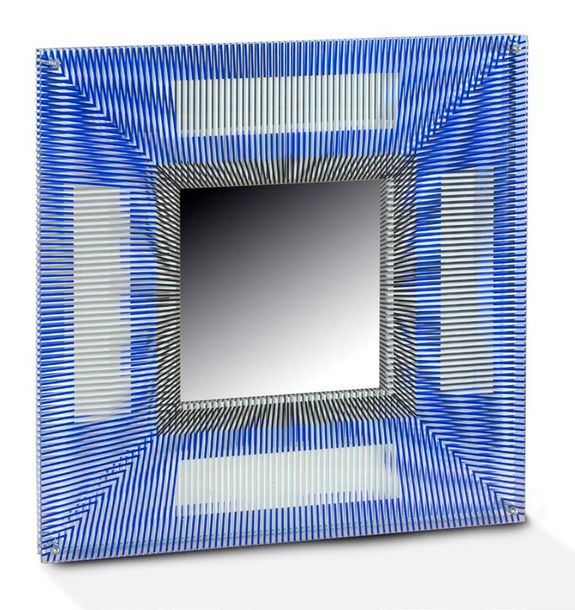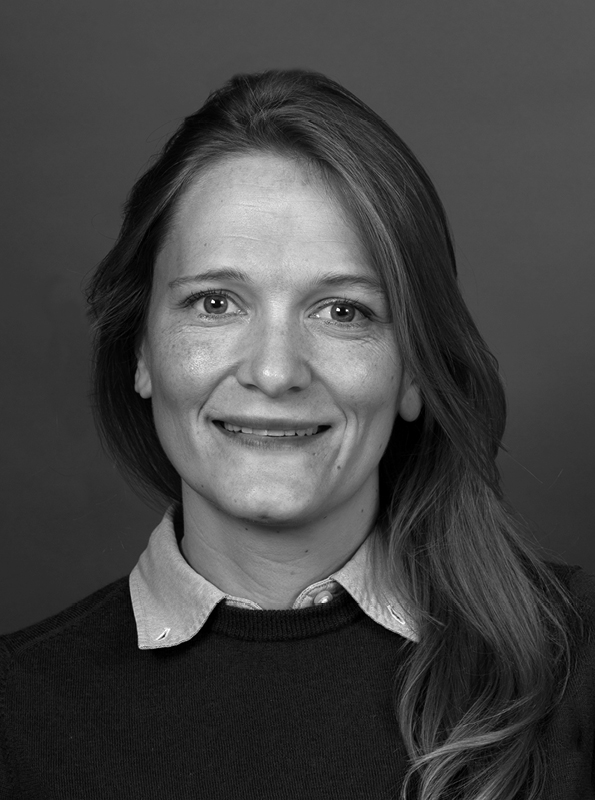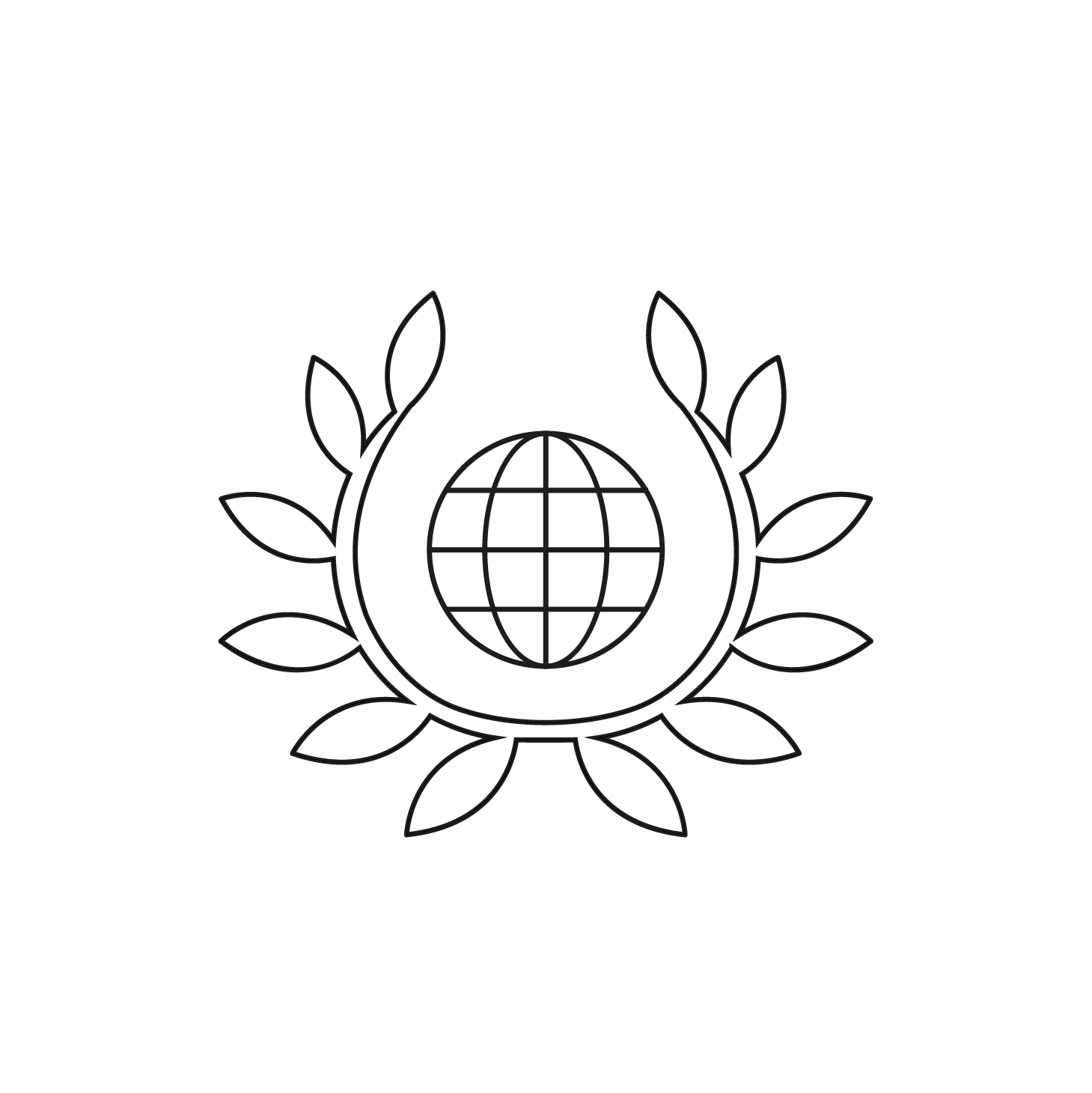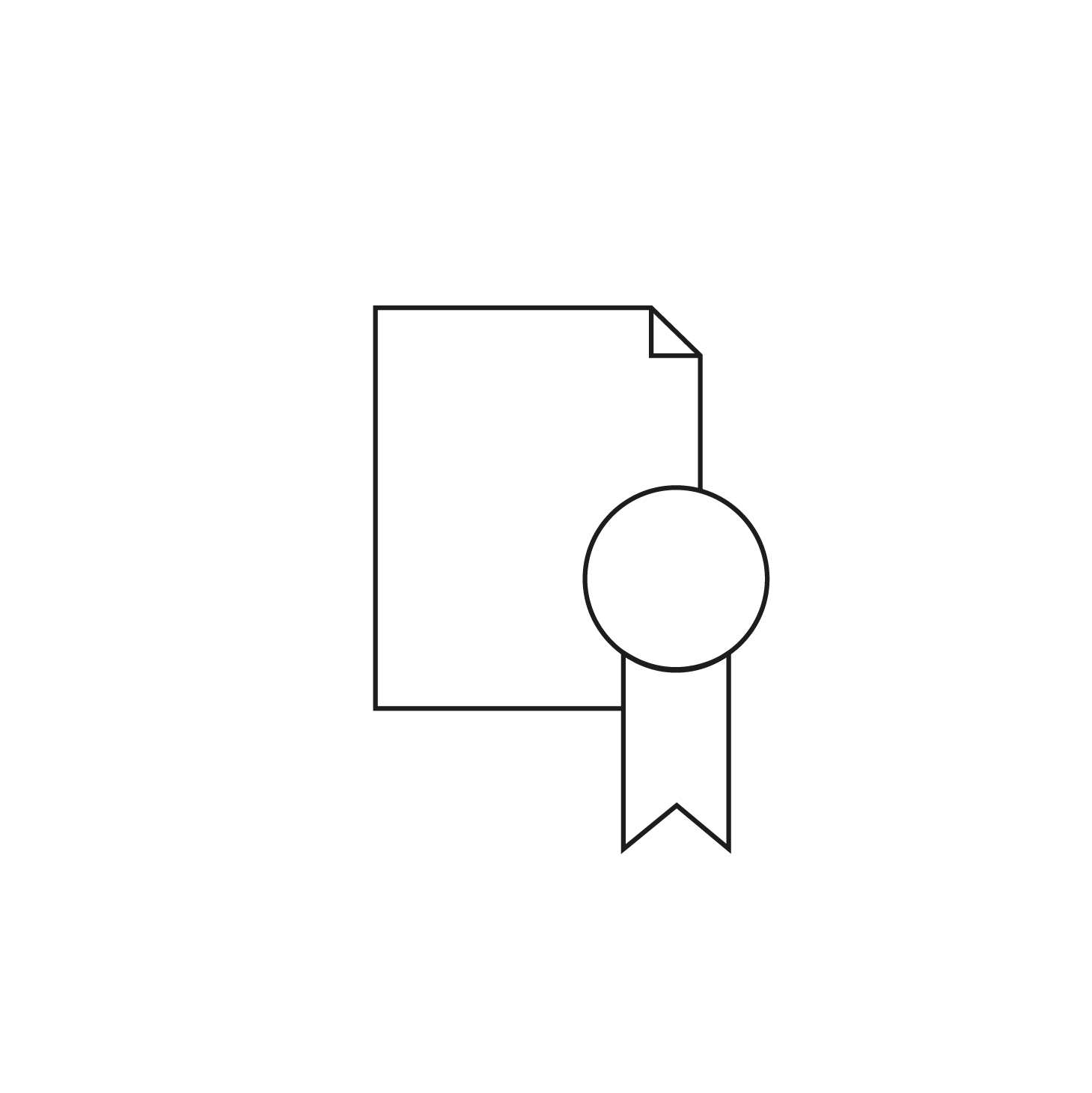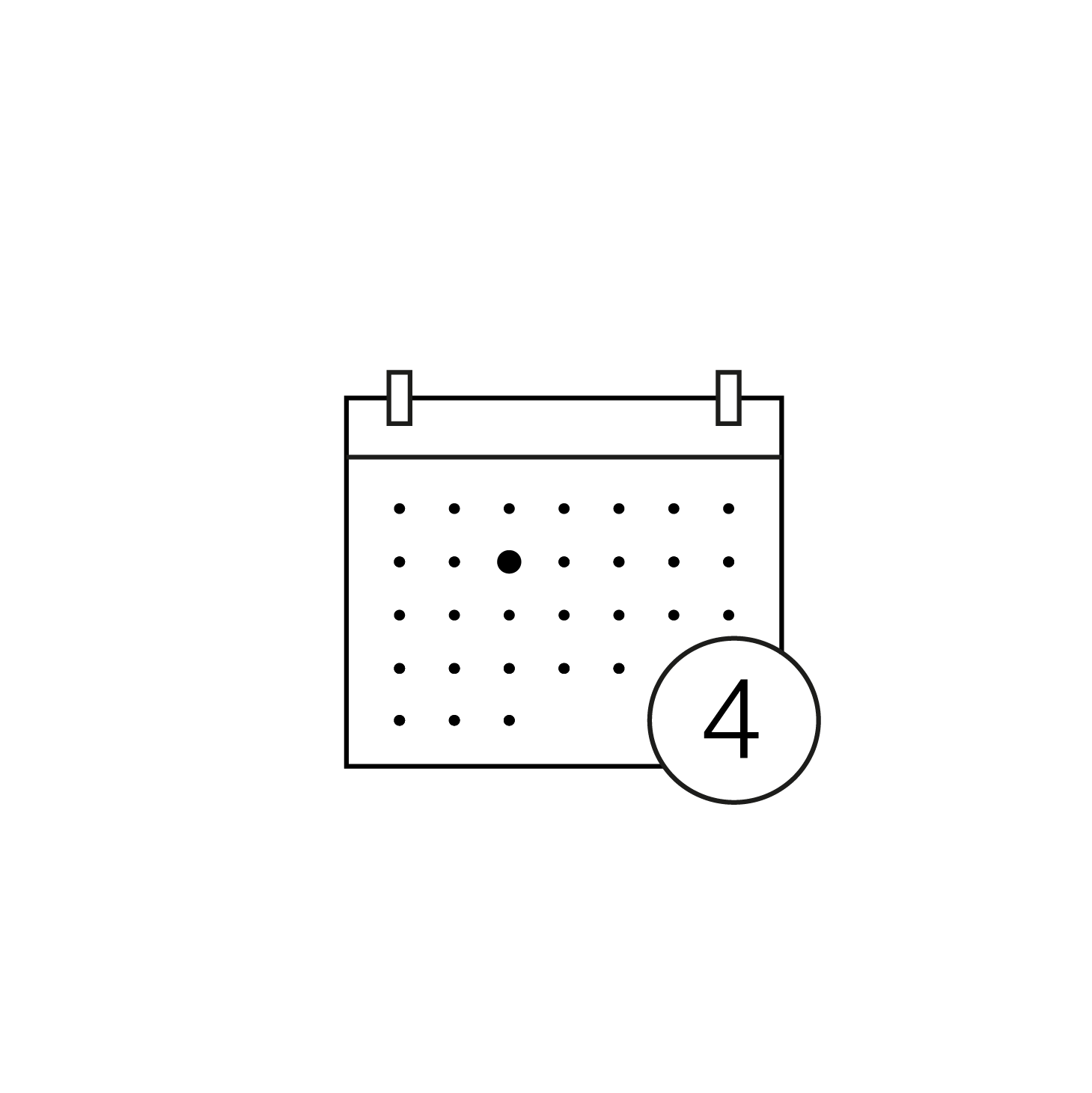Jesús Rafael Soto (1923-2005) is an emblematic figure of kinetic art famous for his desire to include the spectator in his geometric constructions. An admirer of Mondrian and Malevitch, Soto wanted to “move” the masters of abstraction, trapping the pulse of the living in his works. Arriving in Paris in 1950, he quickly met Hans Arp, Alexander Calder and Fernand Léger, with whom he collaborated on the Project for the Integration of the Arts of the Central University of Venezuela, with the idea of marrying architecture and modern art.
In 1953, he became interested in the transparency of Plexiglas, which he decorated with geometric patterns superimposed, through a play of visual interference, on other patterns painted on the wooden frame placed in the background of the work. Through various optical effects, the visitor’s perception of the work thus depends on the position he adopts: depending on the angle chosen, lines and planes rub shoulders or intersect, creating movement and relief. The spectator already wants to be an actor in the work, whose surface shifts in concert with him.
In 1955, Soto contributed to the development of kinetic art by taking part, alongside Jean Tinguely and Victor Vasarely, in the exhibition “Le Mouvement” organised by the Galerie Denise René. Fascinated by the mechanical work presented by Marcel Duchamp, the artist is more than ever driven by the desire to express, through his works, the movement of reality.
See more
From 1967 onwards, refusing what he considered to be the illusionist facilities of Op-art, he hung his Penetrables, suspensions of flexible threads that move as the audience passes among them. If the spectator used to have a driving role vis-à-vis the work, he now has a creative relationship with it: the installation, which comes to life when the visitor moves, exists only through the presence and action of the visitor. Interactive and enveloping, Jesùs Rafael Soto’s work has been exhibited all over the world, notably in Paris, in the Unesco building and in the forum at the Pompidou Centre.



